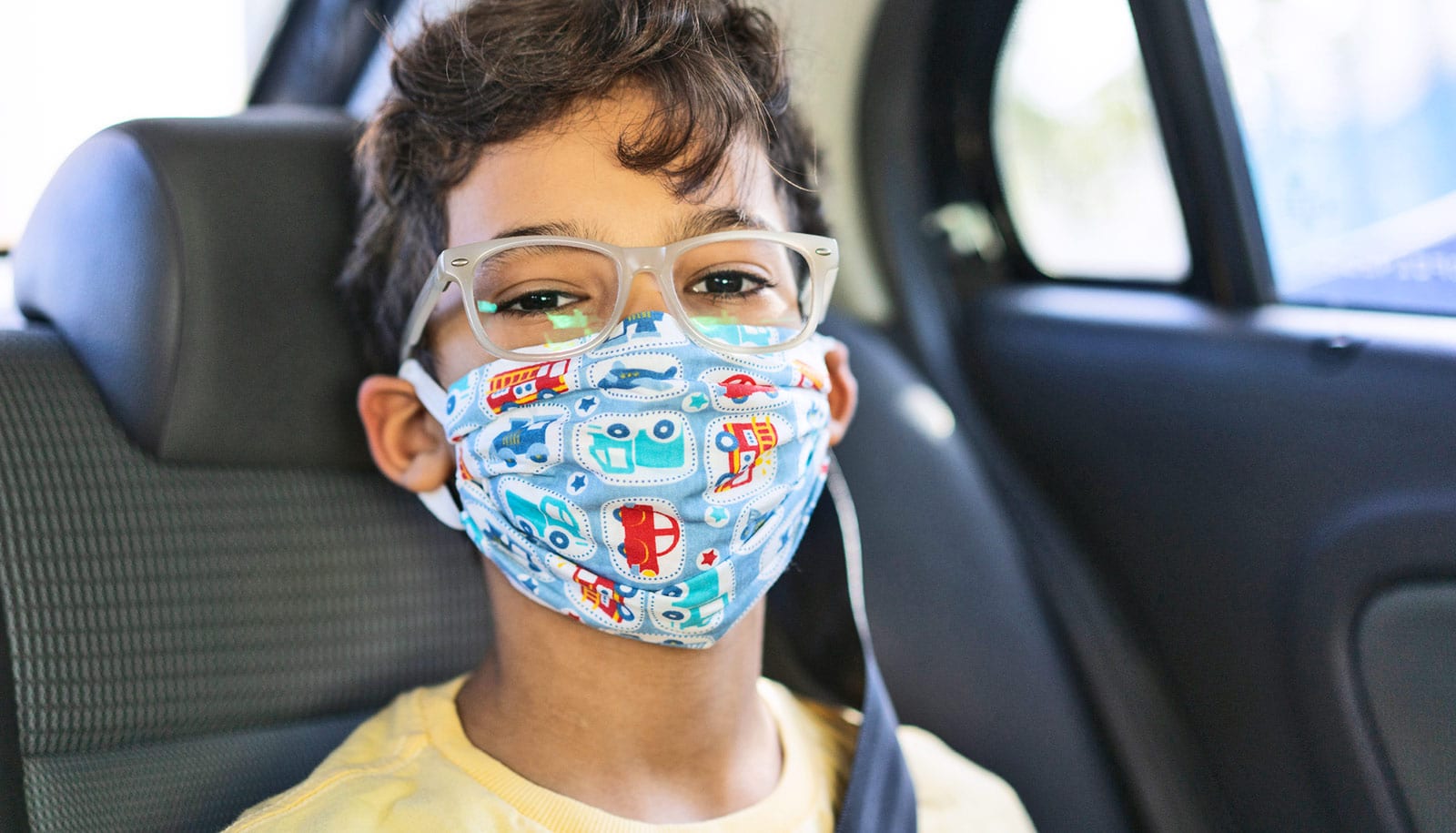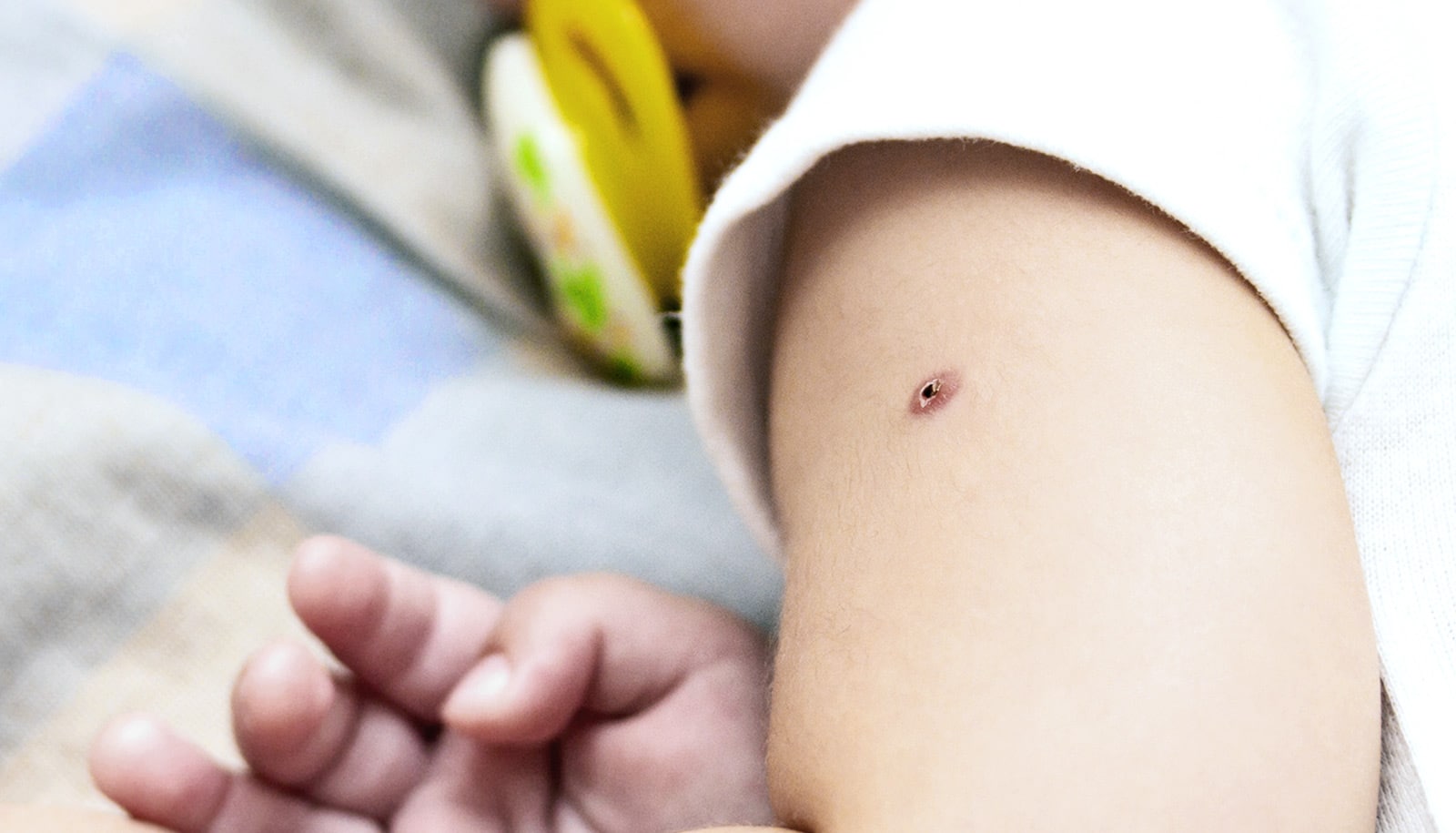New findings may clarify the surprisingly small percentage of COVID-19 cases in children.
In a paper in the Proceedings of the National Academy of Sciences, Naftali Kaminski, professor of internal medicine and chief of pulmonary, critical care, and sleep medicine at Yale University, and colleagues share findings related to children’s surprising immunity to the virus. They detail how factors including allergies, asthma, the common cold, and existing vaccines may be having a protective effect.
Meanwhile, Carrie Lucas, assistant professor of immunobiology, is looking at blood samples from the small percentage of children who develop the rare condition known as Multi-Inflammatory Syndrome in Children, or MIS-C, in response to COVID-19. Her lab is analyzing blood samples for molecular and genetic clues to figure out why a certain subset of kids are most at risk.
Research newly published findings in Science Translational Medicine, led by Kevan Herold, professor of immunology and internal medicine at Yale, reveals that children diagnosed with COVID-19 express higher levels of two specific immune system molecules, a factor that might be leading to better health outcomes.
Understanding why children appear to be better protected from severe cases than adults could provide important clues on how the novel coronavirus spreads, who is at greatest risk, and how to treat it.
“This is different from other viruses that affect kids more seriously,” Kaminski says. “It’s an interesting conundrum and could provide implications for therapeutics.”
In the PNAS paper, researchers point to the possibility that allergies and asthma in children have a protective effect. When the body responds to an allergy or asthma trigger, the immune system releases Th2 cells, which in turn increases a type of cell called the eosinophil in the blood and tissues. This allergic inflammation has been shown to dramatically reduce the levels of a key receptor to the COVID-19 molecule, known as ACE2. They added that a study of 85 older adults who died of COVID-19 in China showed that they had very low levels of blood eosinophils.
“Initially, there was a concern about the impact of COVID-19 on children with asthma,” says Kaminski. Some 7.5% of US children under 18, or 5.5 million kids, have asthma, according to the Centers for Disease Control and Prevention. “But, in fact, it seems that compared to other chronic lung diseases, people with asthma are infected less, and, when they are infected, asthma is not a risk factor.”
Instead, risk factors known to drive worse COVID-19 outcomes include age, obesity, hypertension, and cardiac diseases.
The greater exposure children have to the common cold may also offer protection. Coronaviruses are a large family of viruses so named for their crown-like shape under a microscope, of which the common cold is one. SARS-CoV-2, which causes COVID-19, is another.
It is thought that exposure to colds may cause viral interference, when one virus interferes with the replication of a second virus. Exposure to common colds, and more severe illnesses like croup, more common in children, are associated with decreased expression of the ACE2 COVID-19 receptor. Studies have found that children symptomatic with COVID-19 may have high viral loads in their noses but, because they have lower levels of ACE2, their lungs are less likely to become infected. In other words, they can still easily spread the virus, but are less likely to develop serious symptoms.
Kaminski adds that there is even evidence that vaccines can provide protection. A study of Department of Defense personnel found that the 2017-2018 seasonal flu vaccine produced a “statistically significant” number of individuals who tested positive for common cold-related coronaviruses. If future flu vaccines are designed to increase common coronaviruses, he says, this phenomenon may actually provide some protection to SARS-CoV-2 through “cross-reactive immunity.”
Of course, not all children are protected from the worst effects of COVID-19. Lucas and her team of pediatric immune disease researchers at Yale are looking at the rare cases of children who have been seriously affected by the virus. Specifically, they looked at children who were asymptomatic during SARS-CoV-2 infection, but weeks later developed a high fever, vomiting, abdominal pain, and sometimes shock, a condition known as MIS-C. As of September 17, there were 935 confirmed cases of MIS-C in the US, and 19 deaths.
Lucas’ lab, which has enrolled 16 pediatric MIS-C patients, is analyzing immune cells in their blood at the single-cell level, as well as thousands of blood proteins, to understand what is happening.
“Mostly, right now, our data are showing what the syndrome is not,” she says. “For instance, we have found no sign of an active viral or bacterial infection during acute MIS-C.”
They are also collecting saliva samples from parents to compare to children’s samples, which might reveal information about genetic variants. “We’re looking for the needle in the haystack that could be causing this rare manifestation,” Lucas says. “So far, there’s no evidence that this is something that runs in families. I don’t know of any cases where two children in a family developed MIS-C.”
What they do know, she says, is that inflammatory markers are high, and most patients respond well to immunosuppressive therapies such as steroids. Additional findings will be published in the coming weeks on MedRxiv, a preprint server that publishes studies prior to peer-review.
While children largely seem to be protected from the immediate effects of COVID-19, there are still long-term concerns, Kaminski and the authors caution. The pandemic and social distancing, they note, affect maturation of the immune system, psychological health, education, and childhood obesity.
“We know that the health of children is strongly affected by socioeconomic downturns,” Kaminski says, “and this potential adverse outcome should not be overlooked.”
Source: Yale University



